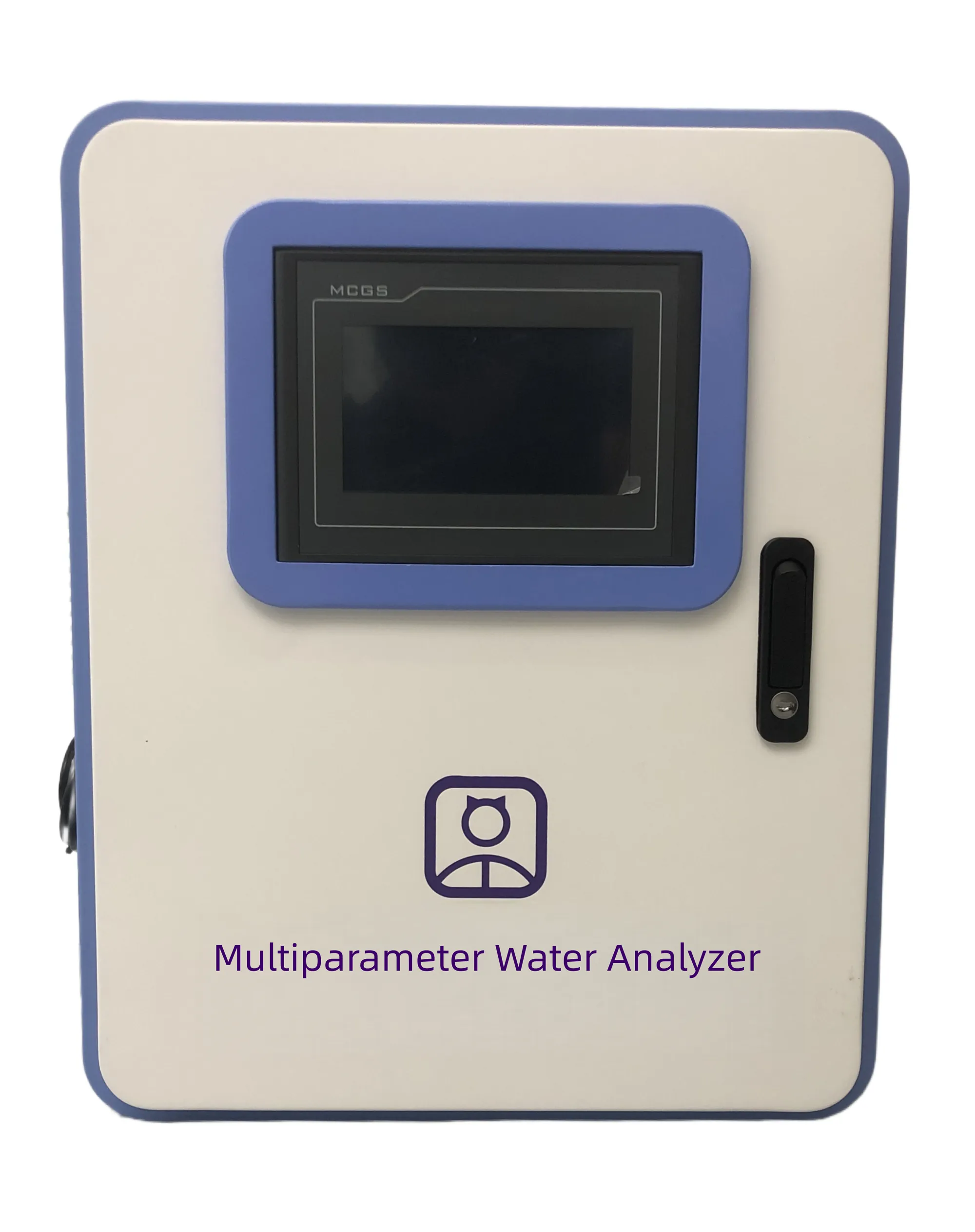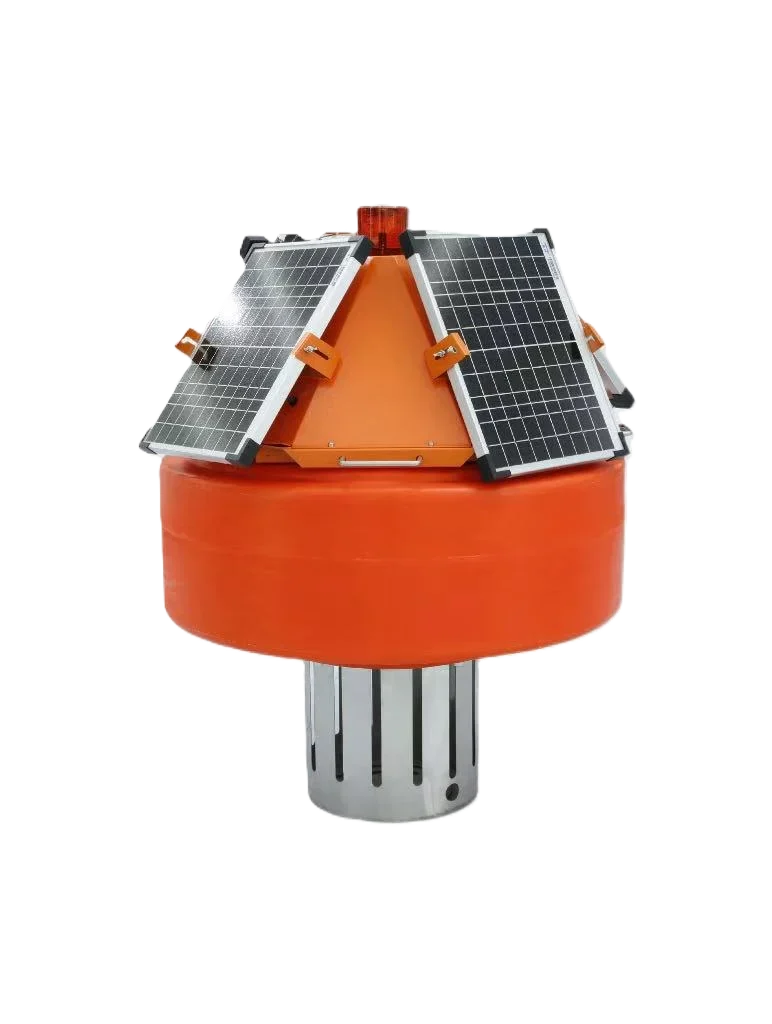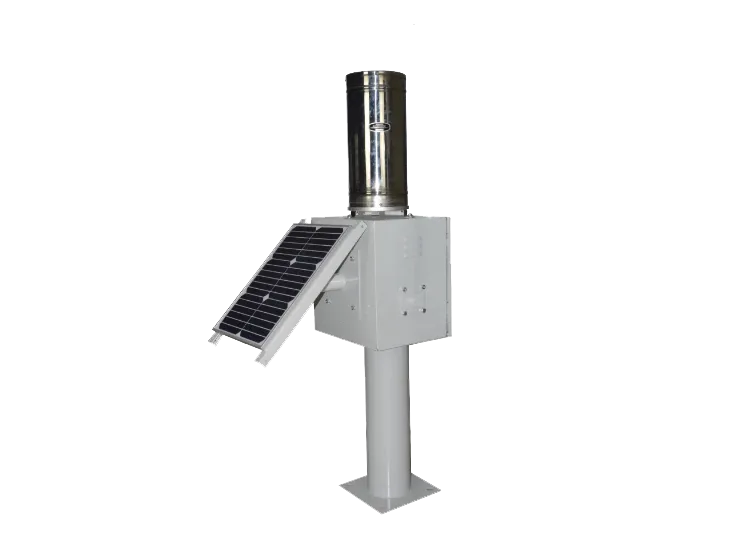This device is a new generation of drinking water quality monitor independently developed and manufactured by our company. It can be widely used for online water quality monitoring in urban or rural water plants, water supply pipeline networks, secondary water supply systems, end-user points, indoor swimming pools, large-scale water purification equipment, and direct drinking water systems. It serves as an essential online analysis device for water plant production process control, water resources and management, and health supervision. The multi-parameter water quality monitor is available in standard and customized versions. The standard version monitors parameters such as turbidity, residual chlorine/chlorine dioxide/ozone, pH, temperature, conductivity/TDS, and ORP. Meanwhile, the customized version allows for parameter adjustments, as well as customization of the instrument's appearance, logo, system name, and other features.
Integrated water quality monitoring: enables online tracking of comprehensive indicators such as COD, ammonia nitrogen, conductivity, pH, and suspended solids, meeting the monitoring requirements for drainage networks, rivers, and black-odorous water.
Remote data transmission: Supports 4G or LoRaWAN compatibility or Ethernet-based remote data transfer, offering fast connectivity and secure, reliable data transmission.
Remote configuration: Allowing parameters to be configured remotely, via Bluetooth, or locally. Settings such as collection cycles, transmission intervals, and alarm thresholds can be flexibly adjusted.
Adjustable transmission cycles: Enable sampling interval to be adapted based on actual rainfall conditions, accurately reflecting the "rainfall-runoff-water quality" change process.
Data breakpoint resume: Automatically stores water quality monitoring data after network interruptions and resumes historical data transmission once the network is restored, ensuring continuous monitoring data.
Power system monitoring:Collects and monitors the output and input voltage of solar power systems, along with charge-discharge data, to ensure the stable and continuous operation of the power supply system.













